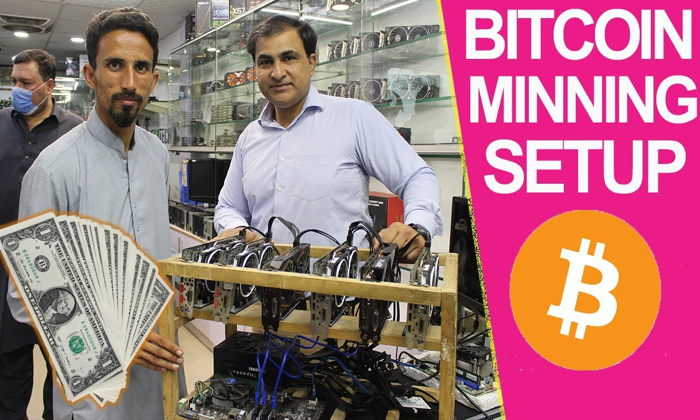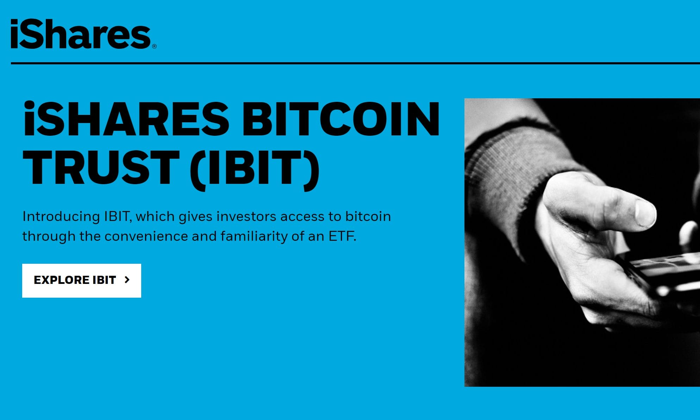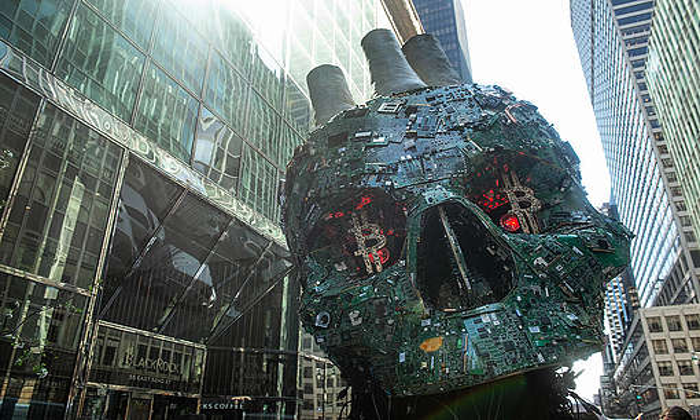The recent collapse of the Mantra OM token has sent shockwaves through the cryptocurrency community, raising intriguing questions about potential insider trading activities. On April 13, the OM token plummeted by an astonishing 90%, leading blockchain investigator ZachXBT to point fingers at Denko Mancheski, founder of Reef Finance, and a user named Fukugo Ryōshu. Reports suggest that in the days leading up to this catastrophic drop, these individuals were allegedly seeking massive loans against their OM holdings, thus fueling speculation surrounding their involvement. Although the direct connection between the token crash and these suspect transactions remains unclear, the narrative has drawn considerable attention, particularly in light of assertions made by platforms like Lookonchain that indicate large transfers of OM tokens just before the plunge. This incident highlights the intricate and often murky relationship between significant investors and the market, as many in the community are left pondering the implications of such activities on the future of the OM token and the credibility of the wider cryptocurrency landscape.
The recent downturn in the value of the OM token from Mantra has shed light on significant concerns regarding market manipulation and investor behavior in the crypto space. This alarming decline, characterized by a staggering 90% decrease, has triggered a deep investigation into possible unethical practices, including insider trading. Names like Denko Mancheski and Fukugo Ryōshu have emerged in discussions, suggesting potential involvement in strategizing around this collapse. As analysts sift through blockchain data, evidence of substantial pre-crash movements among large investors has raised further questions. The unfolding situation not only reflects the volatility inherent in the cryptocurrency market but also underscores the intricate dynamics at play between major stakeholders.
Denko Mancheski and Fukugo Ryōshu: Key Players in the OM Token Crash
Denko Mancheski, the founder of Reef Finance, has emerged as a central figure in the investigation surrounding the sudden 90% crash of the Mantra OM token on April 13. Blockchain investigator ZachXBT has indicated a potential link between Mancheski and Fukugo Ryōshu, suggesting they may have solicited large loans against their OM holdings shortly before the market decline. This revelation has raised eyebrows within the crypto community, especially given the timing of their requests, which coincided with unusual trading activities and high-volume transfers of OM tokens.
The implications of Denko Mancheski and Fukugo Ryōshu’s actions are significant as they highlight potential manipulative strategies within the cryptocurrency market. If these allegations hold merit, it may suggest that insider trading influences can disrupt token valuations, leading to drastic market responses. Investors are left questioning the integrity of transactions and the overall governance of cryptocurrencies like OM, which are supposed to be decentralized and transparent.
The Implications of Insider Trading on Cryptocurrency Markets
The allegations of insider trading linked to the OM token crash have ignited a debate about the ethical standards governing cryptocurrency transactions. Evidence presented by Lookonchain, which utilized Arkham Intelligence’s data, highlights that significant movements of OM tokens were made to centralized exchanges mere hours prior to the market’s downturn. Transactions leading to a transfer of over 43.6 million tokens suggest that particular wallets could have had insider knowledge, not only destabilizing the token’s price but also eroding trust among investors.
This situation prompts a closer examination of how trading operations are conducted in the crypto space, where transparency must exist to safeguard investor interests. If the claims regarding insider trading are substantiated, it may lead to further regulatory scrutiny and a call for stricter compliance measures within the industry. Overall, this incident emphasizes the need for clearer guidelines and ethical conduct in the booming world of cryptocurrency to prevent such market manipulations.
The Role of Vortex and Allegations of Market Manipulation
As the situation with the OM token unfolds, Vortex, an algorithmic market maker, has come under the spotlight due to its association with Fukugo Ryōshu. Reports suggest that Ryōshu had reached out to Vortex for a sizable loan shortly before the token’s dramatic crash. Although Vortex denies any wrongdoing, the nature of these interactions raises suspicions of possible market manipulation. The crypto market, renowned for its volatility, becomes a breeding ground for such allegations when high-profile figures and large trades intersect.
The involvement of institutions like Vortex in the dealings connected to the OM token serves as a reminder of the delicate balance between innovation and regulation. With algorithmic trading on the rise, there is a growing need for transparency in these operations. If future investigations reveal any misconduct, it could result in significant repercussions for those involved, paving the way for stricter oversight in trading practices within the crypto sphere.
Reactions from Laser Digital and Shorooq Partners
In response to allegations implicating them in the OM token crash, both Laser Digital and Shorooq Partners have firmly denied any involvement. Laser Digital publicly stated that it did not sell or transfer any of its OM tokens, emphasizing that the wallets associated with the transfers were not under its control. Their keen avoidance of any linkage to the price collapse underscores the firm’s commitment to its reputation amidst swirling rumors in the cryptocurrency market.
Shorooq Partners’ denial of any token sales during the significant downturn echoes a similar sentiment, as they attribute the OM token collapse to forced liquidations and a panic-driven market response. Such assertions aim to clarify the company’s position and restore confidence among investors who may feel unsettled by the unfolding events. Both firms’ proactive communication serves as a critical reminder of the importance of transparency and accountability in the crypto space.
Understanding Forced Liquidations and the Market’s Reaction
Forced liquidations can trigger significant market volatility, leading to events like the OM token crash experienced recently. As outlined by Shorooq Partners, these liquidations often occur during periods of low liquidity, exacerbating price declines as panic sets in among investors. Understanding this mechanic is essential for cryptocurrency traders to navigate the often turbulent waters of the market, especially when trading assets that exhibit high volatility.
The devastating impact of forced liquidations emphasizes the need for robust risk management strategies among investors. As seen in the case of the OM token, the sudden rush to liquidate can often lead to catastrophic price drops that erode investor confidence. Ensuring adequate liquidity and maintaining an awareness of market conditions can help mitigate these risks, highlighting the necessity for both traders and platforms to prioritize transparency and secure trading practices.
The Future of the OM Token Post-Crash
The future of the OM token remains uncertain following its catastrophic crash, which led to a severe loss of investor confidence. With allegations of insider trading and manipulation circulating, stakeholders are left questioning the project’s governance and the integrity of its market operations. For the token to recover, it will need a comprehensive plan to rebuild trust among its community and assure investors of its long-term viability.
Going forward, transparency and communication will be key in restoring faith in the OM token. Actions like an independent audit into the circumstances surrounding the crash and the implementation of more rigorous security measures can help allay investor fears. As the cryptocurrency landscape continues to evolve, the demands for accountability and ethical standards are likely to grow, with the effectiveness of these initiatives playing a crucial role in defining the future of the OM token.
The Importance of Transparency in Cryptocurrency Trading
Transparency is paramount in the cryptocurrency market, where rapid developments and complex interactions can lead to widespread misinformation and speculation. The recent OM token crash has highlighted the need for clearer communications from projects regarding their operations, management, and trading practices. Investors increasingly expect not only access to real-time data but also insights into the strategic decisions that could impact their assets.
Moreover, platforms must prioritize user education regarding the risks associated with cryptocurrencies, particularly in terms of liquidity and potential manipulation. By fostering an environment that values transparency, the crypto community can work towards mitigating the kind of panic that characterized the OM token collapse. Collective responsibility in maintaining open channels of information can enhance investor confidence and support the long-term stability of cryptocurrency assets.
Key Takeaways from the Mantra Incident
The Mantra incident serves as a pivotal case study for investors and stakeholders within the cryptocurrency industry. The interplay between perceived insider trading, forced liquidations, and market psychology highlights the complexities that can lead to major market upheavals. Understanding these dynamics is essential for anyone involved in crypto trading, as it underlines the importance of a sound strategy and continuous market surveillance.
Additionally, the incident sheds light on the critical need for regulatory frameworks that address potential wrongdoing within the cryptocurrency landscape. As the market matures, there will be greater demands for accountability and best practices to foster a fair trading environment. The lessons learned from the OM token crash will likely guide future regulations and investor behaviors, reinforcing the delicate balance between innovation and security in the ever-evolving world of cryptocurrencies.
Frequently Asked Questions
What caused the Mantra OM token crash in April 2023?
The Mantra OM token experienced a dramatic 90% crash on April 13, 2023, primarily linked to potential insider trading activities. Blockchain investigator ZachXBT highlighted Denko Mancheski, founder of Reef Finance, and Fukugo Ryōshu as individuals who may have reached out for significant loans against their OM holdings prior to the crash.
Did insider trading contribute to the OM token collapse?
Yes, speculation regarding insider trading has surrounded the OM token collapse. Analysis by Lookonchain revealed that wallets connected to major investors transferred large amounts of OM tokens to centralized exchanges just hours before the crash, raising concerns about coordinated selling.
Who are Denko Mancheski and Fukugo Ryōshu in relation to the OM token crash?
Denko Mancheski is the founder of Reef Finance, while Fukugo Ryōshu is a user linked to the events leading up to the OM token crash. Both individuals have been reported as potentially involved in asking for large loans against their OM tokens shortly before the market decline.
What have Laser Digital and Shorooq Partners said about their involvement in the OM token crash?
Both Laser Digital and Shorooq Partners have denied any involvement in the OM token crash. Laser Digital stated their wallets are unrelated to the reported sales of OM tokens, while Shorooq clarified that they did not sell any tokens and attributed the crash to a forced liquidation during low liquidity periods.
Was there any pre-crash selling of OM tokens linked to large investors?
Yes, pre-crash activity indicated that large investors moved substantial amounts of OM tokens to exchanges shortly before the crash. Reports suggest that at least two wallets connected to Laser Digital moved approximately 43.6 million OM tokens valued at about $227 million to exchanges.
What was the community’s reaction to the claims involving Denko Mancheski and Fukugo Ryōshu?
The broader crypto community has expressed skepticism and concern regarding the potential involvement of Denko Mancheski and Fukugo Ryōshu in insider trading related to the OM token crash. These claims have sparked further investigations into the events leading up to the significant price drop.
What is the significance of the Mantra OM token in the crypto market?
The Mantra OM token is significant as it relates to the broader movement of regulated real-world asset tokenization on-chain. Its dramatic collapse raised questions about market integrity and the practices of major investors within the crypto ecosystem.
How did the Mantra OM token crash affect investor confidence?
The OM token crash severely impacted investor confidence, leading to a ripple effect in market sentiment. As allegations of insider trading and collusion unfolded, many investors became wary of similar tokens and projects, impacting their trading strategies and trust in decentralized finance.
| Key Point | Details |
|---|---|
| Crash Date | April 13, 2023 |
| Key Individuals | Denko Mancheski and Fukugo Ryōshu are alleged to be linked to the crash. ZachXBT reported they sought large loans against OM tokens prior to the crash. |
| Investigation Claims | ZachXBT noted they reached out to many industry insiders, potentially indicating premeditated actions leading to the crash. |
| Insider Trading Speculations | The broader community speculates insider trading, citing large transfers of OM tokens to exchanges shortly before the crash. |
| Responses from Laser Digital and Shorooq | Both companies denied involvement in any sales or transfers linked to the crash, claiming their wallets were falsely reported. |
| Market Reaction | The crash caused significant panic in the market, leading to forced liquidations and market volatility during low-liquidity hours. |
Summary
The Mantra OM token crash has raised numerous questions and allegations surrounding the behavior of key figures in the crypto space. On April 13, 2023, the token’s value plummeted by 90%, sparking suspicions of possible insider trading connected to individuals like Denko Mancheski and Fukugo Ryōshu. As investigations unfold, both involved parties deny wrongdoing, insisting they were not linked to any token sales leading to the crash. The blockchain community holds varying opinions, underscoring the complexity of the situation. As the dust settles, the implications of the Mantra OM token crash serve as a reminder of the risks associated with cryptocurrency investments.
The recent crash of the Mantra OM token has sent shockwaves through the crypto community, with reports of a staggering 90% plummet on April 13. Blockchain investigator ZachXBT has drawn attention to two individuals, Denko Mancheski, the founder of Reef Finance, and Fukugo Ryōshu, who are believed to be potentially linked to the OM token crash. As speculations surrounding insider trading gain traction, questions linger about the duo’s involvement in significant transactions prior to the collapse. Allegedly, both Mancheski and Fukugo had been soliciting massive loans against their OM holdings just days before the event, raising eyebrows across the industry. As investigations unfold, further clarity on the correlation between Denko Mancheski, Fukugo Ryōshu, and the OM token collapse will be crucial in understanding the underlying factors behind this significant market turmoil.
The dramatic downfall of the Mantra OM token, described by some as a financial catastrophe, has sparked extensive discussions in the cryptocurrency realm. Various analysts are now considering alternative terms such as ‘asset devaluation’ and ‘market manipulation’ to analyze the implications of this event. The alleged actions of key players, particularly Denko Mancheski and Fukugo Ryōshu, are central to understanding the dynamics at play during the OM token crash. Speculation about insider trading activity adds another layer of complexity, as detailed analyses reveal that significant token transfers occurred just prior to the price drop. As the ecosystem grapples with the fallout from the OM token’s collapse, maintaining transparency and accountability within the crypto space has never been more critical.















